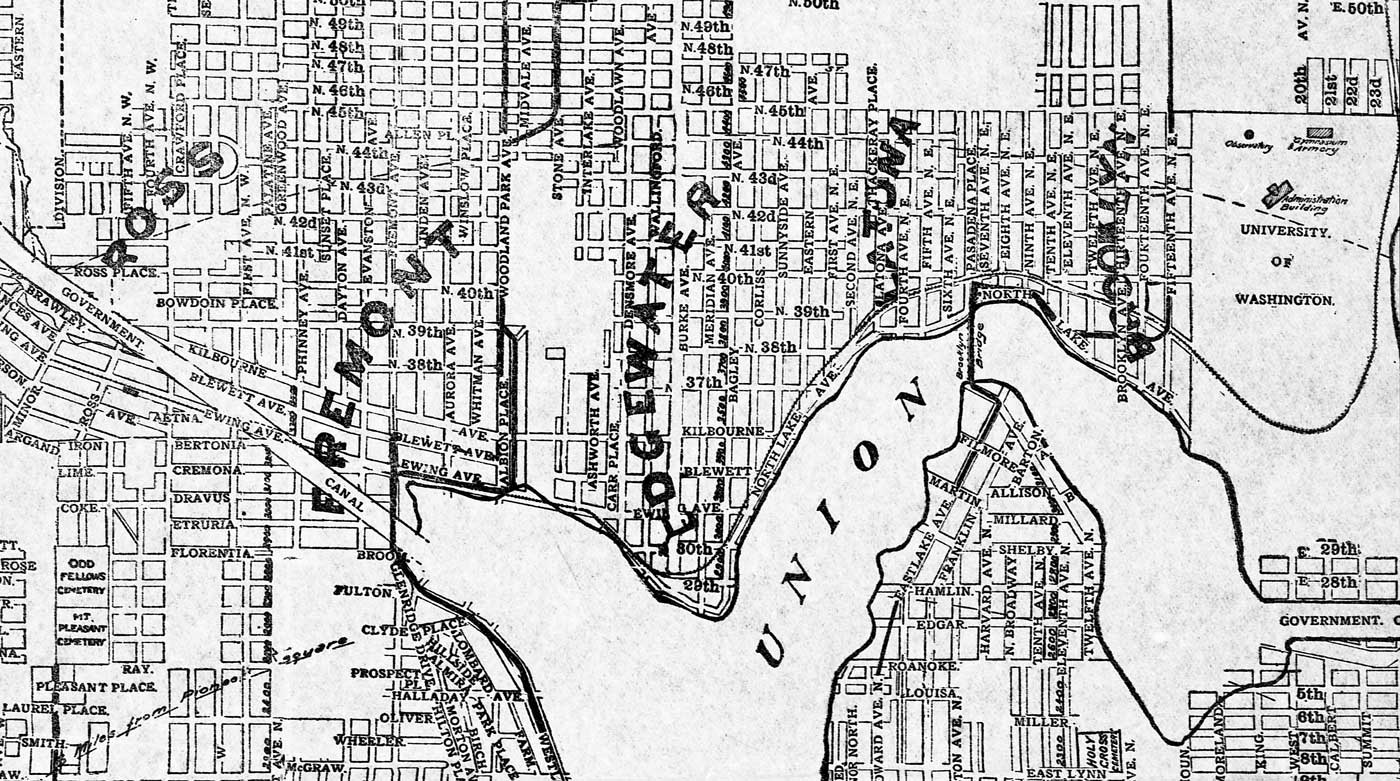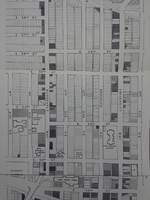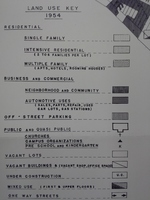Site Report #3- The Audio Tour
Audio Tour of Block 73- Part 1. Recorded on February 17, 2017.
Audio Tour of Block 73- Part 2. Recorded on February 17, 2017.
The very first people to call present-day University District their home were the Duwamish Indians. Although there are no records known to me that reveal existing manmade features on Block 73 back then, it is known that the area was deeply forested and had remained mostly untouched before the arrival of the Euro-American settlers. There is a good chance that a Duwamish trail ran through the block or near it, since the natives had established many trails linking their villages to waterways and hunting grounds. The Duwamish and their richly forested outdoors; however, do not persist for long after the coming of the Euro-American settlers. Among the first of the settlers was Thomas Emerson, who became the owner to an 80 acre land containing today’s Block 73 in January 20th, 1882 (Nielson 2). Although the land was sold for speculation purposes, it remained untouched for nearly another decade because it was deemed unprofitable to build anything there at the time.
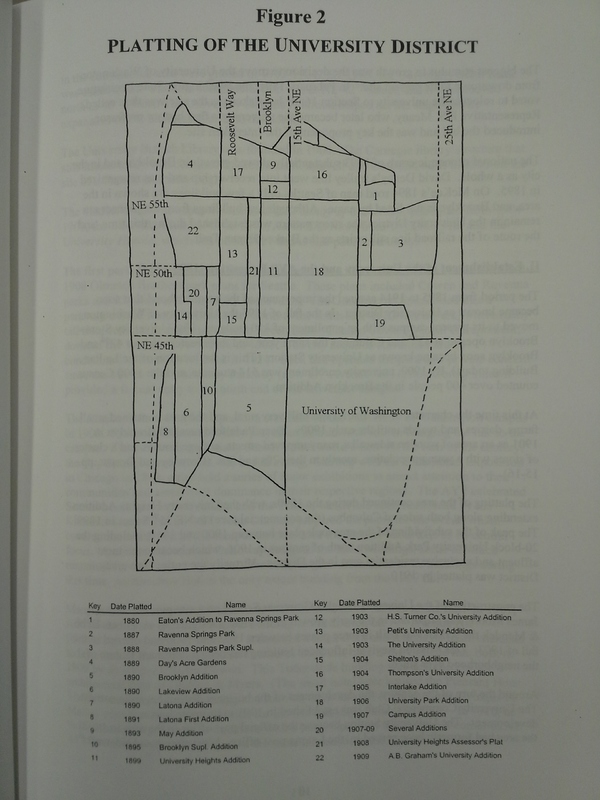
A figure mapping out sections of University District land and the years they were platted. Published on June 1, 1954. University of Washington Libraries, Special Collections Archives.
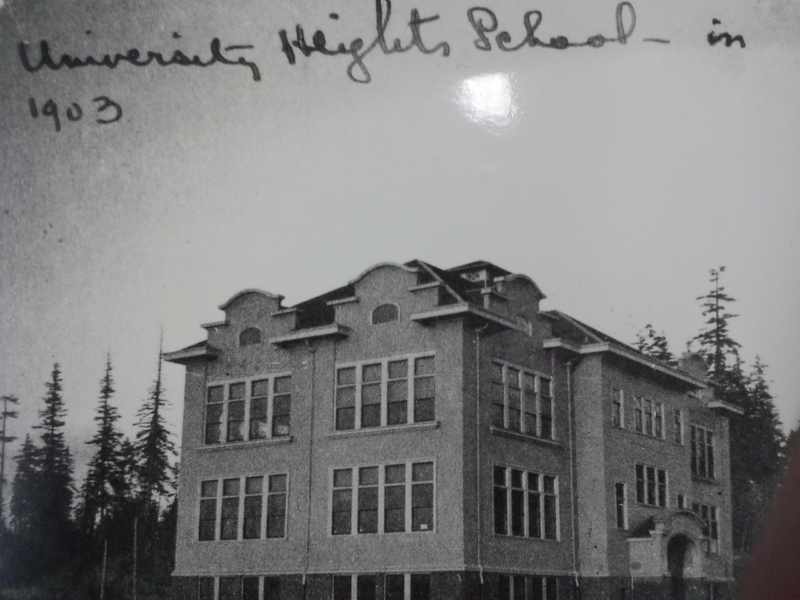
The University Heights Grammar School located adjacent to Block 73. University District, Seattle, WA. Taken in 1903. University of Washington Libraries, Special Collections, University District Photo Collection.

A view from the Old Water Tank in present-day North Campus. University District, Seattle, WA. Taken in 1909. University of Washington Libraries, Special Collections, University District Photo Collection.
When the University of Washington moved to its current location in the fall of 1895, its vicinity was still very rural as small farms, dairies, and woods characterized the area (Sodt, Tobin 10). Rapid growth soon takes over and within just four years, the area currently bordered by Brooklyn and 15th Avenue, and 55th and 45th Streets become platted as the University Heights Addition in 1899. This addition allowed for expansion of the business district to the north and also became ground to single family homes. The King County Department of Assessment site reveals that the oldest-existing commercial building and single family home on the block were built in 1919 and 1902 respectively. After inspecting each property on the site, I found that well over a half of the single family residences on the block were built within the first two decades of the 20th century. With the adjacent University Heights Grammar School opening in the fall of 1903, it is likely that the block became home to families and their residences before businesses came into the picture. Around this time, housing development was stimulated in the northern end of the district as a trolley line to Ravenna Park was developed and the line along 45th Street from the current Unviersity Way to Meridian Avenue in Wallingford was expanded in 1907 (Sodt, Tobin 12).
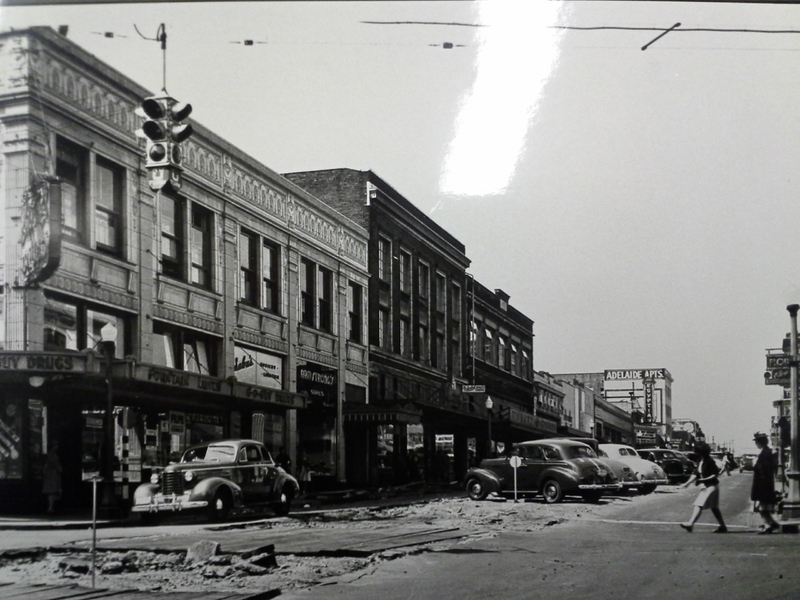
A photograph showing street car tracks being removed next to parked automobiles. University District, Seattle, WA. Taken on July, 17, 1940. University of Washington, Special Collections, University District Photo Collection.
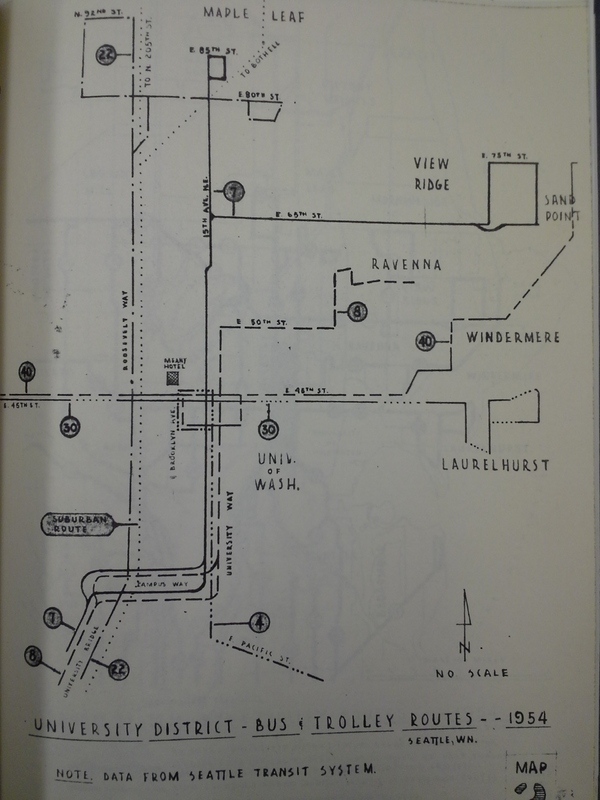
A map of bus and trolley lines in University District. Published on June 1, 1954. University of Washington Libraries, Special Collections Archives.
Single family homes continued to be built throughout the 1920s and by 1930, there was not much space remaining anywhere. Block 73 was one of the first to experience the growth of single family homes as the older homes on the block were all built before 1915. During the Depression years, many public improvements were made under the relief efforts of the Public Works Administration. One such improvement occurred on Block 73 as widening projects took place north of 50th Street on University Way, and street lights were added. The old wooden posts lining the block that are still in use today were likely erected at this time. Around this time was also the transition into the age of the automobile, and trolleys were quickly replaced with buses. Following the second World War, the University District experienced a population increase due to the “GI Bill” that enabled many war veterans to enroll at the University (Sodt,Tobin 17). As a result, a few single family homes on Block 73 appeared to have been transformed into rooming houses to accommodate for the demand for inexpensive housing. Rooming houses became common all over the neighborhood and a large proportion of the single family population was replaced by students. In the recent years, the commercial district on University Way has suffered. This seems to be especially true on the northern end, and on Block 73 as many commercial buildings appear to be vacant. Comparing maps of the area from the last two decades, businesses seem to come and go at a fast pace. Today, Block 73 is home to a few new apartment buildings and residences but its features from the very beginnings of the block persists with the presence of century-old craftsman bungalows and commercial units.
